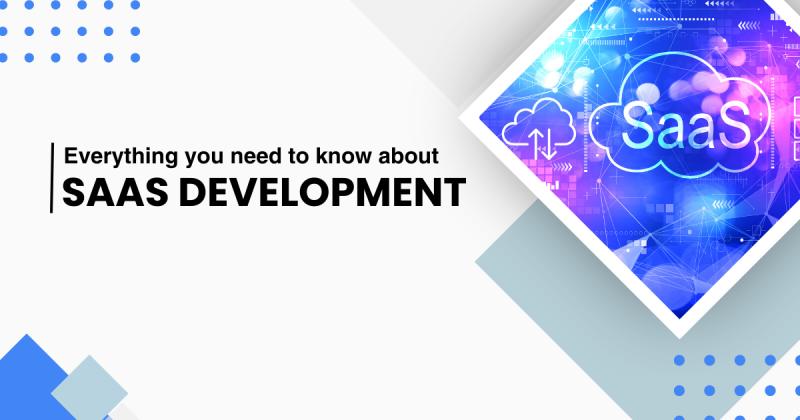Everything You Need to Know About SaaS Development

Software as a Service (SaaS) is the way software is delivered over the internet. It’s scalable and cost effective and eliminates the need for physical infrastructure. In this article we will cover the basics of SaaS development including its features, importance and tips to build a successful SaaS product.
What is SaaS Development?
SaaS development means creating cloud based software applications that users can access through web browsers or mobile apps. Unlike traditional software that needs to be installed locally, SaaS applications are hosted on central servers and users can access them from anywhere with an internet connection. In short SaaS turns software into a service that users subscribe to instead of buying. The provider takes care of maintenance and updates and customers pay a subscription fee to access.
SaaS Benefits
SaaS is popular because of the many benefits it offers to both businesses and users:
Cost Savings: Businesses don’t need to invest in hardware and maintenance as users access the software through the cloud, reducing upfront costs.
Scalability: SaaS can grow with the business. Companies can add or remove users and upgrade plans as needed.
Accessibility: Cloud based means SaaS can be accessed globally with an internet connection, perfect for remote teams.
Auto Updates: Users get auto updates managed by the provider, no more manual installations.
Security: Many SaaS providers offer robust security features like data encryption and industry compliance.
How SaaS Development Works
SaaS delivers software over the internet where users access it through browsers or apps. Developers need to manage back-end infrastructure like servers, databases and multi-tenancy. Providers charge users on a subscription basis (monthly or yearly) so businesses can spread the cost and have a steady revenue stream.
SaaS Development Technical Backbone
Cloud Infrastructure: Platforms are hosted on services like AWS or Google Cloud.
Multi-Tenancy: Multiple customers share a single application instance and keep their data secure.
API Integrations: SaaS products integrate with other systems through APIs.
Components of a SaaS Product
To build a successful SaaS product focus on these components:
User Interface (UI) and User Experience (UX): A good design is key to engagement and retention.
Security: Implement encryption and regulatory compliance.
Billing and Subscription Management: A smooth billing system is key to customer happiness.
Analytics and Reporting: Give users insights to make decisions.
Scalability: Make sure your platform can handle growth without performance issues.
How to Build a SaaS Product
Market Research: Find the market gaps your software can fill.
Define Features and MVP: Outline core features and create an MVP to test.
Choose the Right Tech Stack: Choose technologies based on your product.
Build the Product: Build in stages and follow best practices like agile methodologies.
Test and Launch: Test thoroughly before launching to your target audience.
SaaS Development Best Practices
To succeed in SaaS:
Security First: Make security part of your development process.
User Experience First: User experience is key to retention.
Design for Scalability: Architect for growth.
Great Customer Support: Good support can be your differentiator.
SaaS Development Challenges
While there are many benefits to building a SaaS product, there are challenges:
Security: Storing sensitive data in the cloud is a risk; developers need to be on top of security.
Scalability: Infrastructure must be able to handle user growth without performance issues.
User Retention: Users need to be engaged with ongoing improvements and good customer support.
SaaS Development Trends
The SaaS space is moving fast. Here are the trends:
AI Integration: AI for automation and analytics in SaaS products.
Mobile-First Solutions: With mobile usage on the rise, businesses need mobile-first SaaS.
Micro-SaaS Products: Niche products for specific problems are gaining popularity.
API-First Development: This approach makes integrations seamless.
Conclusion
The SaaS development space is fast moving and full of opportunities for businesses and developers. With its scalability, cost and accessibility SaaS is changing how software is delivered. Follow best practices, be aware of the challenges and keep an eye on the trends and you can build a successful SaaS product that meets the market needs. Whether you are implementing solutions or building platforms, understanding SaaS development is key in today’s digital world. For businesses looking to develop their own SaaS products, partnering with a trusted software development company can ensure that the project is executed with the right expertise and best practices.

